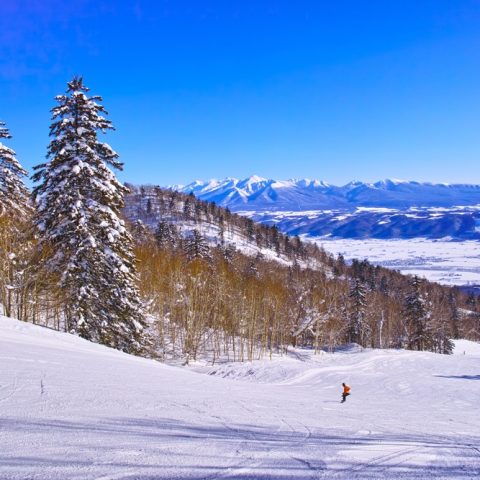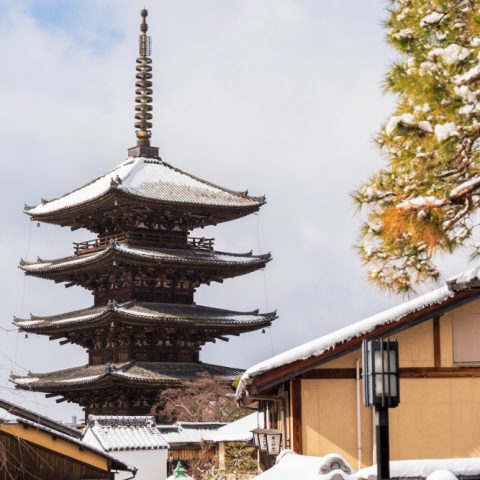
Today we’re more than happy to introduce you our guide of the month for May 2019, Hiroe from our Kyoto team.
1. Can you tell us a little about yourself?
My name is Hiroe, an Arigato Japan Food Tours guide in Kyoto. I have a background in architecture. I went to undergraduate and graduate schools in Kyoto, serving as a student volunteer guide for foreign tourists for 6 years. After finishing another graduate program in the US, I worked as an architect in Tokyo for 3 years. Currently I’m teaching at college and stepping back from architectural practice to focus on my scholarly work. I have finished my Ph.D thesis on sustainable living and researched about one waterfront village in Shiga Prefecture next to Kyoto which is certificated as one of ‘cultural landscapes of Japan’ this is actually what led me to Arigato Japan. The key to the thesis was tourism and food. I’m interested to be in the middle of urban(rural) design, architecture, landscape and historical geography.

2. What are you passionate about?
I’m very interested in relationships between geography and culture. A Cultural landscape is defined by the World Heritage Committee as to be cultural properties that represent the combined works of nature and of man. In other words, it’s landscape to live along with human life and climate. It’s exactly something you experience by traveling on foot! This concept is deeply associated with contemporary new tourism, departing from mass tourism. I also like to cook and to share meals with friends and family that’s why I started at Arigato Japan, but I can go further every time I do a tour. That’s something I’m passionate about most.
3. What is your favorite Japanese food and why?
It’s too hard to name one so I name two! As my mother is originally from the north, on the New Year’s day she always made ‘Kurumi mochi’ for the family, which is charcoal grilled ricecake dressed with sweetened walnut. We used to pick walnuts in the mountains and open them up with nutcracker at home. It was the kid’s duty to pick walnuts out of the shell. After grinding the walnuts with brown sugar until it becomes paste, my mother always put a little bit of soy sauce and green tea to enrich the flavor. That was her original tip.
She also served it with ‘Matsumae zuke’, which literally means pickles. But it’s actually preserved dried radish with sweetened soy sauce. My mom liked to add homemade dried carrot, dried squid, herring roe, seaweed and pine nuts to it. When it comes together on one plate, I truly feel a celebration of the New Year.

4. What is your favorite Arigato Japan tour and why?
I like both Uji Green Tea Matcha tour and Fushimi Sake tour. I like to watch what’s inherited and not in specific culture, and something invisible like food culture has such high tolerance and sustainability in historical selection, compared to something like architecture that always comes with physical materiality. Scholars like to look back only at the past in Japan because our traditional culture looks very beautiful and nostalgic, but I appreciate everything including the contemporary pop culture as I’m also a practitioner.

5. What’s your best memory with guest you had on a tour?
Every tour I have done so far is so memorable. But sometimes guests show gratitude at the end of the tour by giving me a big hug, which is very touching. When I was working as a student volunteer guide at college, I planned a great summer adventure to meet up with all those ‘guests’ and traversed across the North America including the US and Canada, which brought me to the do my graduate studies in the US. I strongly believe in relationships and destiny. It’s a basic thought on Buddhism and although I’m not too religious I feel this deeply. It’s the best moment to hear the comment that guests want to come back to Japan. I feel very honored.



